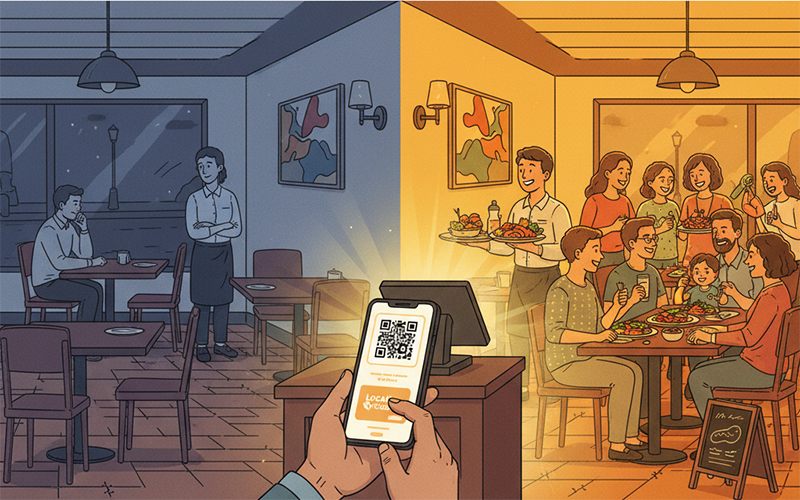How to Respond to Negative TripAdvisor Reviews (And Turn Them into a Positive)
- Phil Ingram

- Oct 9
- 3 min read

That sinking feeling is universal. You open TripAdvisor, scan for the latest feedback, and there it is: a one-star review. Your first instinct might be to get defensive or ignore it, but a negative review isn't a disaster; it's an opportunity. Handled correctly, a public complaint can be transformed into a powerful demonstration of your professionalism and commitment to customer care.
Here's a straightforward guide to responding to negative TripAdvisor reviews in a way that wins back the unhappy guest and impresses potential new customers.
Step 1: Take a Breath and Don't Take It Personally
Before you type a single word, step away from the keyboard. The worst thing you can do is fire back an emotional, defensive, or sarcastic reply. A review is a snapshot of one person's experience on one particular day. It is not a final judgment on your life's work. Read the review, absorb the feedback, and treat it as valuable (if painful) business data.
Step 2: Investigate Internally
Before you can respond, you need to know what actually happened. Talk to the staff who were on duty. Check the till records for the time mentioned. Try to piece together an objective picture of the event.
Was the complaint valid? Did the kitchen really send out a cold dish? Was service unusually slow because you were short-staffed?
Was it a misunderstanding? Did the guest misread the menu description?
Is there a pattern? Is this the third review this month to mention the same issue?
Having the facts allows you to craft a response that is honest and specific, not just a generic apology.
Step 3: Craft the Perfect Public Response with the "A.C.T." Method
Your public reply is not just for the reviewer; it's for the hundreds of potential customers who will read it. A calm, professional response is your best marketing. Use the simple "A.C.T." framework.
A - Acknowledge and Apologise: Always start by thanking them for their feedback and apologising that their experience didn't meet their expectations (or your standards). This immediately de-escalates the situation.
Good: "Thank you for taking the time to leave a review, and I'm very sorry to hear that your recent visit with us fell short."
C - Clarify and Correct: Briefly and politely address the specific issue they raised. Show that you've taken their complaint seriously. If you made a mistake, own it. If there was a misunderstanding, gently clarify without being defensive.
Good (if you were at fault): "You are right to be disappointed with a cold meal, and I've spoken with our kitchen team to understand what went wrong and to ensure our checking procedures are improved." Good (if a misunderstanding): "I'm sorry there was confusion over the spiciness of the dish. We always aim to describe the heat levels accurately on the menu, but we appreciate the feedback that we could make this even clearer."
T - Take It Offline: The goal is to resolve the issue privately. Never get into a lengthy back-and-forth debate online. End your public reply by inviting them to contact you directly to discuss it further.
Good: "I would be very grateful for the opportunity to discuss this with you personally and hopefully arrange for you to revisit us for a much better experience. Please could you email me directly at manager@yourrestaurant.com at your convenience."
A Proactive Approach: Building a Buffer of Goodwill
Responding to negative reviews is a crucial reactive strategy. However, a more effective approach is to be proactive. Building a strong, direct relationship with your customers creates a buffer of goodwill that can often prevent negative reviews from being written in the first place.
This is where a simple, digital loyalty program like meed can be invaluable. When customers are part of your "club," you have a direct channel to them.
A Direct Line for Feedback: A loyalty program gives customers a sense of connection. If a regular has a slightly off experience, they're more likely to mention it to you directly on their next visit rather than heading straight to a public forum.
Creating Happy Regulars: meed allows you to surprise and delight your best customers with unexpected perks and rewards. A happy, engaged customer base is your best defence against negative feedback and your most potent source of glowing five-star reviews.
By combining a professional review response strategy with a proactive approach to building customer relationships, you can protect your reputation and turn even the harshest critic into a returning fan.




Comments